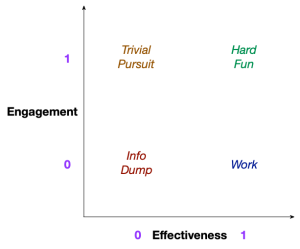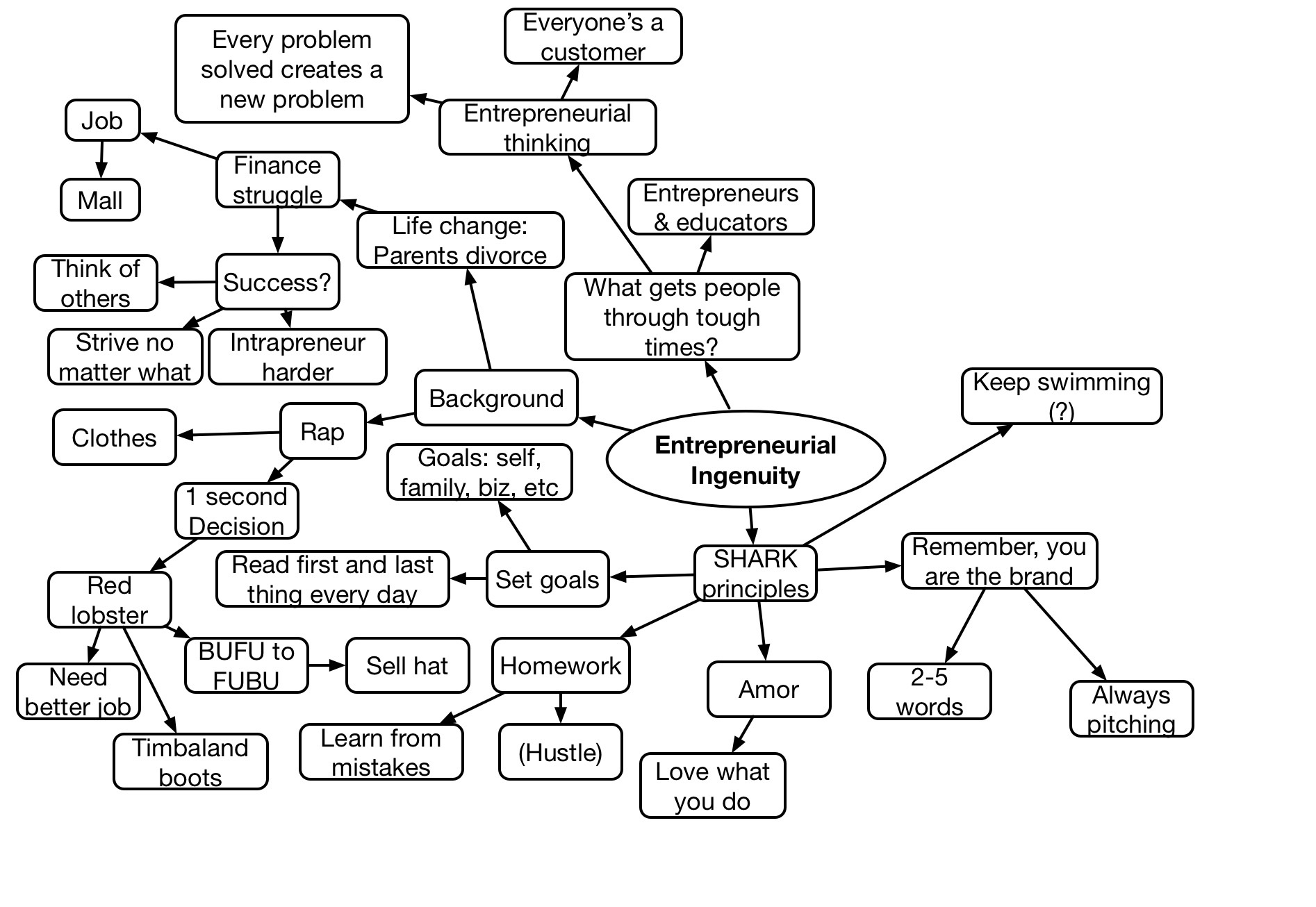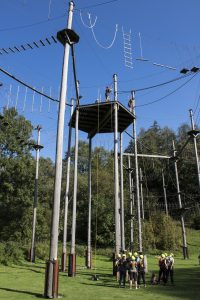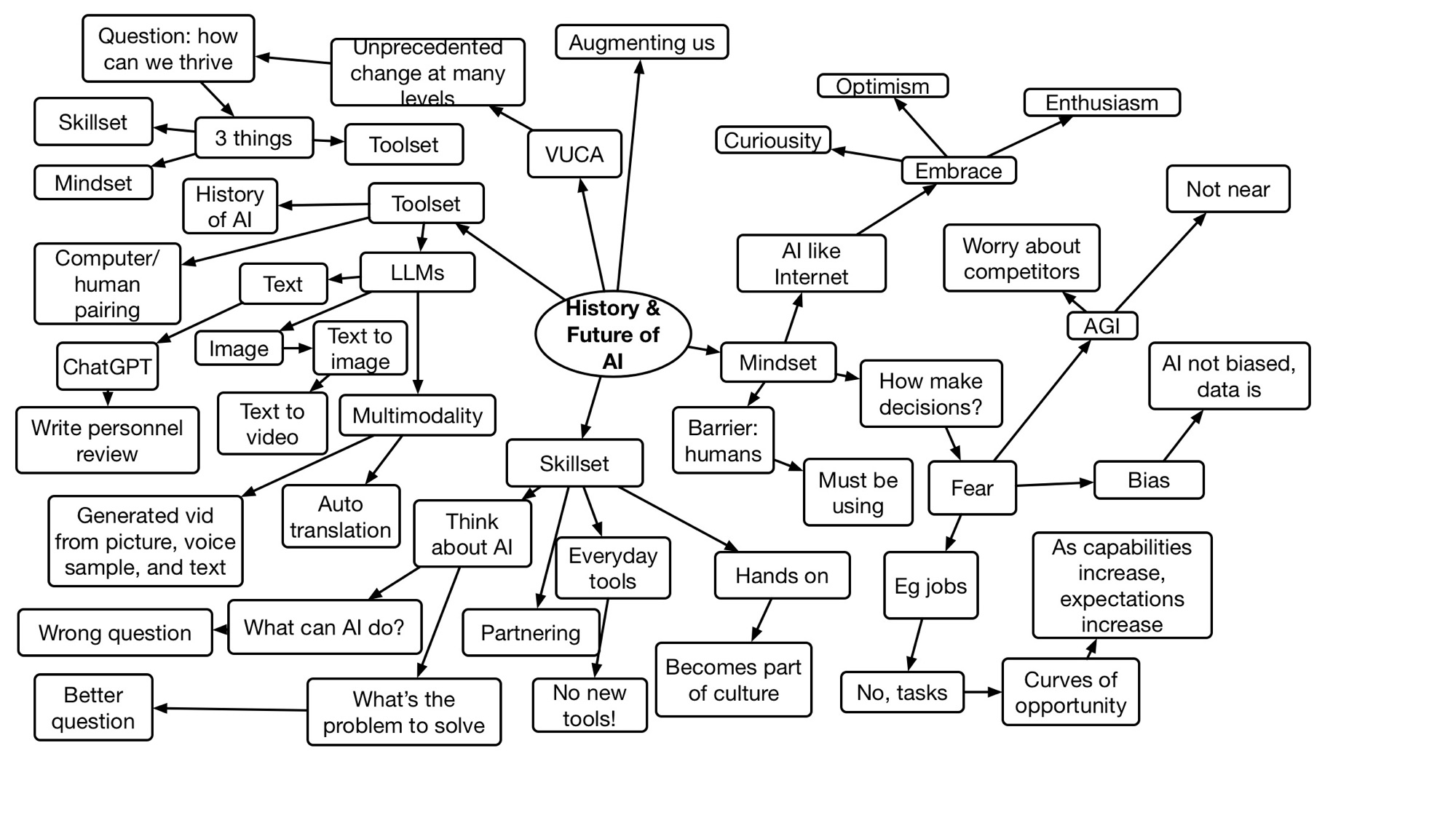 I’ve regularly talked about how learning can, and should, be ‘hard fun’. Yet, I haven’t really talked about each, effectiveness and engagement, independently. Of course, there’s a quadrant map that separately talks about engaged and/or effective. Let me remedy the lack!
I’ve regularly talked about how learning can, and should, be ‘hard fun’. Yet, I haven’t really talked about each, effectiveness and engagement, independently. Of course, there’s a quadrant map that separately talks about engaged and/or effective. Let me remedy the lack!
The lack of either engagement or effectiveness is relatively rare, thankfully. You do see it, when under-skilled and under-resourced folks are making a course. For instance giving SMEs authoring tools or dumping a bunch of PPTs and PDFs on an inexperienced instructional designer. Or, when folks won’t spend enough to even get production values, let alone actual effectiveness. What you get is information dump (because experts don’t have access to what they actually do, research tells us), but not with professional polish. It’s ‘content’ without distinction. More importantly, if there is practice, it’s on knowledge retrieval rather than knowledge application. Which leads to what in cognitive science is called ‘inert knowledge’. It may be remembered, but it won’t be used when relevant.
We also see a lot of ‘tarted up’ information dump. Here, there are good production values. It looks nice, because it’s well-produced. However, it’s still information (usually with a quiz). Here, folks know a bit about visual design, and use tools and templates that make it look good. They may even have experienced designers on staff, but…time and cost expectations keep folks from doing the right thing. It could also be a lack of understanding of the importance of challenging contextual practice. That’s all too common, too! It’s still a trivial pursuit.
Quite simply, learning needs to be effective. If it’s not, we’re wasting money. Now, that’s been shown to be the case in many ways. Over the years, we’ve heard estimates from 10-15% of our training efforts are working. Which means we’re wasting 85-90% of our investment. Yet we know what leads to good learning (e.g. the Serious eLearning Manifesto). Learning science gives us good guidelines, but we still see too much information dump. Yet, if it’s not engaging, learners aren’t likely to commit appropriately, and we’re not optimizing the outcomes. It just seems like work.
When we understand the necessary alignment between engagement and effectiveness, however, we truly can deliver ‘hard fun’. That alignment is what my research and design efforts yielded. It was also the core of my book on serious game design and my most recent tome on making learning meaningful. (The latter is really a complement to my learning science book, and an attempt to bring both together to do learning experience design.)
It’s not necessarily easy to generate ‘hard fun’, nor is it the cheapest option. However, it gets easier with practice (like most things), and it’s the most cost-effective option. That is, if you truly want results. But if you don’t, why are you bothering? There are requirements, like making sure you have a real learning need, but that should be true, regardless. You shouldn’t be asking about engaged and/or effective, you should be shooting for both. Right?


